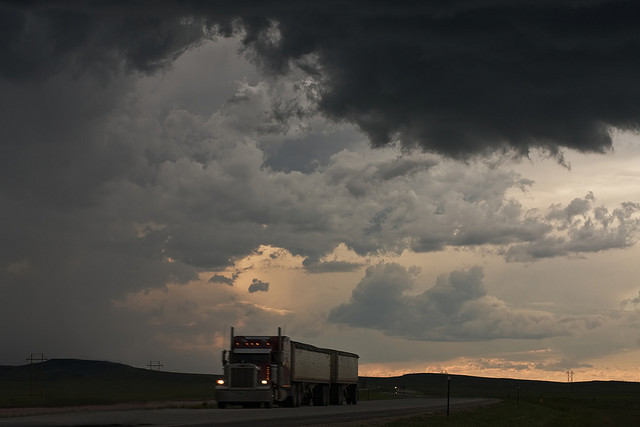 What many truck drivers and bystanders alike don't know is semi-truck accidents are quite different from ordinary truck accidents. The reason, they are different, is the amount of insurance coverage. Such coverages are often hundreds of thousands of dollars worth and due to that, the insurance companies robustly defend semi-truck accident cases so the liability stays within the limit.
What many truck drivers and bystanders alike don't know is semi-truck accidents are quite different from ordinary truck accidents. The reason, they are different, is the amount of insurance coverage. Such coverages are often hundreds of thousands of dollars worth and due to that, the insurance companies robustly defend semi-truck accident cases so the liability stays within the limit.
Insurance companies can go to any extent only to prove the accident took place due to the negligence of the plaintiff. They can engage a truck accident attorney who'd use various ways to defend his client. Comparative fault is one such way that enables the attorney to attempt to prove the plaintiff is as responsible as the truck driver (If not more).
Other than that, the insurance company may send a team of forensic experts to the accident scene so they could gather evidences and start to build a case against the complainant. The evidences collected may be used to fabricate a case against the plaintiff, especially when the plaintiff doesn't have a clue of semi-truck insurance policies and laws.
The victims of semi-truck accidents therefore, shouldn't automatically assume
- Just because the truck driver has been held responsible by the police, the trucking company that employs him will pay the medical bills.
- The trucking company is telling you the truth when it is revealing the minimum limits that it must carry under a commercial policy.
- The company will treat you in a fair way.
They shouldn't assume anything at all. Instead, they should follow necessary steps to establish their injury claims.
Hiring a competent lawyer is the easiest way. But since shortcuts are not always preferable, plaintiffs themselves need to know how attorneys hold drivers responsible. Truck drivers are required to know all the safety measures that are taken to reduce the impact of an accident.
One of them is checking on the cargo so any combustible or otherwise dangerous substance doesn’t spill out from it and cause any damage. There are specific protocols to prevent spills and drivers need to know all those protocols so they could make sure the cargo doesn't cause any damage on the environment. If the truck driver is found to be unaware of the said protocols, then you'd have a smooth time establishing your case.
For example, the use of flares could help the driver inform the onrushing traffic an accident has just occurred in a nearby area and they should avoid the area. This will not only prevent the future accidents from taking place, but also help the driver substantiate to the court he has acted responsibly to avoid the accident. If the driver hasn't used flare after the accident, then it could very possibly go against him.
The truck driver is also required to inform his insurance agency and his employer about the accident. If the driver works on a freelance basis, then he needs huge insurance coverage so he could be protected from lawsuits. If the driver is employed by a trucking company, and the company doesn't carry enough insurance, then the complainant will have a strong ground.
Another way you build up your plea is pointing at the common mistakes, made by the truck driver. Some common mistakes that majority of semi-truck drivers commit are
- Driving the vehicle with excessive speed.
- Driving in a foggy atmosphere or hazardous atmosphere.
- Driving a heavily-loaded semi-truck.
- Driving a truck from which loads are being spilled.
- Not keeping enough space between the semi-truck and other vehicles on the road.
The commercial driver's license (CDL) requires a semi-truck driver to satisfy a number of requirements before issuing him a license. The larger the semi-truck, the more stringent become the requirements. The truck driver should be fully proficient in parking, backing up and maneuvering, maintaining engines, tires and lights and complying to regulations for containing hazardous materials.
The truck drivers are also required to keep logbooks with them so they could keep tabs on how many hours in a day they are working and the total amount of time they are taking rest. The date of picking the cargo load, the difference between the weight of the rig of the truck before and after the cargo was onboard. The delivery date and the shipping destination.
All the facts mentioned and tips given in this article help semi-truck accident victims build their case so it appears credible to the court and they receive reimbursement. If you are also one of those victims, then follow these tips and ideas.







